Straight Leg Raise Test
The best known clinical test is the straightleg raising test The supine SLR is more sensitive than the seated SLR when it comes to the diagnosis of lumbar disc herniation with radiculopathy A pooled sensitivity for straight leg raising test was 0 91 (95% CI 0094), a pooled specificity 026 (95% CI ) 8.

Straight leg raise test. Your provider may also do a straight leg raise test For this test, you’ll lie on your back with your legs straight Your provider will slowly raise each leg and note the point at which your pain begins This test helps pinpoint the affected nerves and determines if there is a problem with one of your disks. A positive straight leg test only confirms in about a quarter of cases that the patient has a slipped disc;. Straight leg raise compression of lower lumbar nerve roots (L4S1) important to distinguish from hamstring tightness;.
A passive leg raise test (positioning a patient at zero degrees, then raising both legs to about 45") returns a reservoir of venous blood into the central circulation relatively quickly (3090 seconds) It's the original, allnatural fluid bolus Patients with a positive test have a 10% increase in cardiac output or stroke volume. One test used most often to test for lumbar radiculopathy is called the straight raise leg (SLR) This test can be done in the sitting position or with the patient lying down (supine) The examiner lifts the patient’s leg to 90 degrees while keeping the knee straight Normally, the test movement causes the nerve to glide. The Straight Leg Raise (SLR) test is a neurodynamic test Neurodynamic tests check the.
A passive leg raise test (positioning a patient at zero degrees, then raising both legs to about 45") returns a reservoir of venous blood into the central circulation relatively quickly (3090 seconds) It's the original, allnatural fluid bolus Patients with a positive test have a 10% increase in cardiac output or stroke volume. Straight leg raise Straight leg raise The straight leg raise test is for sciatica If the patient is standing, he is asked to sit, then Chiropractic help Chiropractic help attempts to treat the cause of the pain NSAIDs for a broken limb is not the Lasegue's test The straight leg raise,. Straightlegraising test a physical examination technique to determine abnormality of the sciatic nerve or tightness of the hamstrings The presence of sciatica is confirmed by sciatic nerve pain radiating down the limb when the supine person attempts to raise the straightened limb.
9090 Straight Leg Assessments Professionals assess clients’ range of motion (ROM) across multiple joints for a variety of reasons For example, the (active) straight leg raise (A)SLR assessment is used to assess the biarticular flexibility or the passive insufficiency of the hamstrings muscle group and the active insufficiency of the quadriceps muscle group. One test used most often to test for lumbar radiculopathy is called the straight raise leg (SLR) This test can be done in the sitting position or with the patient lying down (supine) The examiner lifts the patient’s leg to 90 degrees while keeping the knee straight Normally, the test movement causes the nerve to glide. With the patient laid on their back raise one leg knee absolutely straight until pain is experienced in the thigh, buttock and calf record angle at which pain occurs a normal value would be 8090 degrees higher in people with ligament laxity perform sciatic stretch test dorsiflex foot at.
The PLR test is a bedside assessment to determine fluid responsiveness The test involves raising a patient’s legs (to at least 45 degrees) to induce a gravitational transfer of venous blood from the legs into the central circulation The resulting effect is a transient increase in cardiac preload of ~ mL. A straight leg raise is a test used by medical professionals to help determine whether a sufferer of low back pain is experiencing symptoms consistent with a herniated disc in the spine A herniated disc occurs when a spinal disc, which is a gellike capsule situated between vertebrae, begins to bulge and press against various nerves. Title Performing Straight Leg Raise Test for Sciatica The Straight Leg Raise ( SLR) test can be used to determine if patient has true sciatica The patient lies supine with one leg either straight or flexed at the knee with the sole of the foot flat on the The other (affected) leg is kept.
Passive leg raise (plr) The PLR test is a bedside assessment to determine fluid responsiveness The test involves raising a patient’s legs (to at least 45 degrees) to induce a gravitational transfer of venous blood from the legs into the central circulation. Keep in mind that a negative straight leg raise doesn't exclude a symptomatic lumbar disc protrusion or internal derangement And, a positive SLR doesn't necessarily mean there's a sciatica Clinical interpretation of a positive straight leg raise Important a straight leg raise or Lasègue test is performed in a passive way and not in an. Straight leg raising test versus radiologic size, shape, and position of lumbar disc hernias Ipsilateral sciatica on femoral nerve stretch test is pathognomonic of an L4/5 disc protrusion Cross leg pain and trunk list The clinical significance of straightleg raising (Las`egue's sign) in the diagnosis of prolapsed lumbar disc.
Straight leg raise test is a very fundamental physical neurological examination to find out signs of tension and compression over the sciatic nerve at the lumbosacral nerve root Straight leg raise test is also called as lasegues’ test It is a very basic test that is performed by a general physician to a neurologist alike. Straight leg raise test interpretation If symptoms are primarily back pain, it is most likely the result of a disc herniation applying pressure on the anterior If pain is primarily in the leg, it is more likely that the pathology causing the pressure on neurological tissue (s) is Disc. The active straight leg raise test (ASLR) is a loading test which is used to assess pain provocation and the ability to load the pelvis through the limb It is performed in lying and the patient is instructed to lift the leg cm off the bed (Mens, et al, 01).
The examiner stands at the patient’s side with the distal arm supporting the heels and proximal hand on the subject’s thighs (anteriorly) to maintain knee extension. The straight leg raise (SLR) maneuver tests for such irritation By passively elevating the patient’s extended right leg, this maneuver stretches the sciatic nerve If compressed or inflamed, this maneuver will reproduce pain in the sciatic nerve distribution Note that isolated back pain with this maneuver does NOT mean a positive SLR test. The straight leg raise or straight leg lift is a hamstring muscle flexibility test While the subject is lying on their back, the straight leg is raised as far as possible, and the angle of the leg from the horizontal is measured.
Bilateral straight leg raise test A clinical test used to identify the bones and joints responsible for low back pain Technique The patient begins by lying supine with both knees extended;. This test involves raising the legs of a person's (without their active participation), which causes gravity to pull blood from the legs, thus increasing circulatory volume available to the heart (cardiac preload) by around milliliters, depending on the amount of venous reservoir. Straight Leg Raise Test Sensitivity 8098%;.
The PLR test is a bedside assessment to determine fluid responsiveness The test involves raising a patient’s legs (to at least 45 degrees) to induce a gravitational transfer of venous blood from the legs into the central circulation The resulting effect is a transient increase in cardiac preload of ~ mL. Straight leg raise test Stepbystep method Straight leg raise test Straight leg raise test is aimed to find out any irritation, compression of sciatic nerve Step by step method Generally, the straight leg test is performed in the leg in which the patient is complaining of the Interpreting. The straight leg raise test is used to evaluate for lumbar nerve root impingement or irritation This is a passive test in which each leg is examined individually It can be performed with the.
Considered positive if symptoms produced with leg raised to 40° crossed straight leg raise performing straight leg raise in uninvolved leg produces symptoms in involved leg;. The straight leg raising test is a common diagnostic technique mostly used in cases of suspected lumbar herniated discs This diagnostic evaluation has been a mainstay of lower back pain treatment for decades, but is certainly a controversial practice due to many reasons The straight leg raising test is also commonly called Lasègue's sign, Lasègue test or Lazarević's sign, although these names are reserved for medical personnel almost exclusively. Straight Leg Raise Test Purpose of Test To test for the presence of a disc herniation Test Position Supine Performing the Test The examiner will passively flex the patient’s hip while maintaining the knee in full extension.
Straight leg raise test Straight leg raise also called Lasegue test, is a neurodynamic test done during a physical examination to determine whether a patient with low back pain has an underlying herniated disc to assess the sciatic nerve compromise due to lumbosacral nerve root irritation 1) Straight leg raise test, along with relevant history and decreased range of motion, are considered. Straightleg raising test passive dorsiflexion of the foot in the supine patient with the knee and hip extended;. Positive Likelihood Ratio ;.
Instructions 1 The test is performed with the patient in a supine position with legs straight and feet cm apart 2 The test is performed after the verbal instruction "Try to raise your legs, one after the other, above the table for 3 The patient asked to score impairment on a sixpoint. The straight leg raise, also called Lasègue's sign, Lasègue test or Lazarević's sign, is a test done during a physical examination to determine whether a patient with low back pain has an underlying herniated disc, often located at L5 (fifth lumbar spinal nerve). A straight leg raise test is used to help diagnose a lumbar herniated disc because the simple act of raising your leg stretches your spinal nerve root;.
Although not specific, the straightlegraise test is the most sensitive test for lumbar disk herniation, with a negative result strongly indicating against lumbar disk herniation 4, 6 The. Passive SLR test is performed by the therapist raising the client’s thigh into flexion at the hip joint while keeping the client’s knee joint fully extended It is important that the knee joint remains fully extended (hence the name straight leg raise) (Fig 10A) Because the client is not engaging musculature of the region to create this motion, the client is passive. The straightlegraise test can be performed with the patient supine or seated, although the supine test has higher sensitivity for lumbar disk herniation With supine straightlegraise testing.
Other terms used might be bulging, protruded, prolapsed and extruded disc, meaning different things However, a positive Braggard's test, in conjunction with a positive straight leg raise test is strongly suggestive of an injured disc. Negative Likelihood Ratio 02 to 05 (high Negative Predictive Value) Crossed Straight Leg Raise Test Sensitivity Up to 3543%;. Straight Leg Raise and Manual Resistance Tests for Strains and Sprains Straight Leg Raise and Manual Resistance Tests Following are assessment tests that are used to assess conditions caused Passive Straight Leg Raise Passive SLR test is performed as described earlier in this series of blog.
Passive leg raise, also known as shock position, is a treatment for shock or a test to evaluate the need for further fluid resuscitation in a critically ill person It is the position of a person who is lying flat on their back with the legs elevated approximately 812 inches The purpose of the position is to elevate the legs above the heart in a manner that will help blood flow to the heart. Raise one leg knee absolutely straight until pain is experienced in the thigh, buttock and calf record angle at which pain occurs a normal value would be 8090 degrees higher in people with ligament laxity perform sciatic stretch test dorsiflex foot at this point of discomfort test is positive if additional pain results. Straight Leg Raise Test The most common neurodynamic test is the straight leg raise (SLR) test, which is used to evaluate for involvement of lumbosacral nerve roots and the sciatic nerve To perform the SLR test, the patient lies supine and the opposite hip and knee are extended to stabilize the pelvis.
The Straight Leg Raising (SLR) test has been used as the primary test to diagnosis lumbar disc herniations and found to have high correlation with findings on operation since its sensitivity is high in only disc herniations leading to root compression that may eventually need operation. Back pain with this indicates nerve root compression or impingement Synonym (s) Lasègue test Farlex Partner Medical Dictionary © Farlex 12. The straight leg raise test also called the Lasegue test, is a fundamental neurological maneuver during the physical examination of the patient with lower back pain aimed to assess the sciatic compromise due to lumbosacral nerve root irritation.
Positive Likelihood Ratio 35 to 43 (high Positive Predictive Value) Negative Likelihood Ratio 072. The Straight Leg Raising (SLR) test has been used as the primary test to diagnosis lumbar disc herniations and found to have high correlation with findings on operation since its sensitivity is high in only disc herniations leading to root compression that may eventually need operation. "A straight leg raise is the first orthopedic test that should be performed if the physician is attempting to differentiate joint or muscle pain (mechanical) vs nerve related pain (radicular) Orthopedic tests are an important portion of the physical examination because these tests help the physician determine what structures are producing.
The straight leg raise, also called Lasègue 's sign, Lasègue test or Lazarević's sign, is a test done during a physical examination to determine whether a patient with low back pain has an underlying nerve root sensitivity, often located at L5 (fifth lumbar spinal nerve). Doctors call this stretching excursion of the nerve If you have a lumbar herniated disc, it should press on the stretched nerve root as your leg is raised above 30°. The straight leg raise test also called the Lasegue test, is a fundamental neurological maneuver during the physical examination of the patient with lower back pain aimed to assess the sciatic compromise due to lumbosacral nerve root irritation.
A straight leg raise is a test used by medical professionals to help determine whether a sufferer of low back pain is experiencing symptoms consistent with a herniated disc in the spineA herniated disc occurs when a spinal disc, which is a gellike capsule situated between vertebrae, begins to bulge and press against various nerves. SLR test in uninvolved leg (crossed SLR or ‘well leg’ test) pulls the nerve root and dura distally and medially, but raises the pressure on the nerve complex by less than half of the standard SLR test in involved leg This means, if the corssed SLR is positive, the resting tension of these tissues must be higher to cause pain with lesser stretch than the standard SLR and hence, it is considered more reliable. This test involves raising the legs of a person's (without their active participation), which causes gravity to pull blood from the legs, thus increasing circulatory volume available to the heart (cardiac preload) by around milliliters, depending on the amount of venous reservoir.
The straight leg raise test is done to gauge several aspects of your legs' strength and stability It's most often performed to check muscle function but can be altered to look at nerve function, as well The test is performed while you lie flat on a bed. Straight leg raising (5yAird's test Alternatively, ask the patient to sit with the legs over the edge of the examination couch Now try to lift the leg until the knee is fully extended, and note the response If extension is achieved, this is equivalent to a straight leg raising of 90°, and suggests that there is not a sound organic basis. Procedure To start, the person examining you will ask you to lie on your back with your legs straight They will then ask you to turn one of your legs in It’s important to turn the entire lower extremity 7 This is so Next, the examiner will lift your straight leg up until you complain of.
Performing straight leg raise in uninvolved leg produces symptoms in involved leg Babinski's test positive findings suggests upper motor neuron lesion ankle clonus test associated with upper motor neuron lesion bulbocavernous reflex tests for the presence of spinal shock. Welcome to Orthopaedic Medicine Tips and Tricks for Physical Therapists, a series of blog posts highlighting clinical and practical issues that PTs involved in musculoskeletal medicine are frequently confronted withToday’s topic 7 ways to interpret a positive Straight Leg Raise test The SLR test is a popular test often used for back patients.
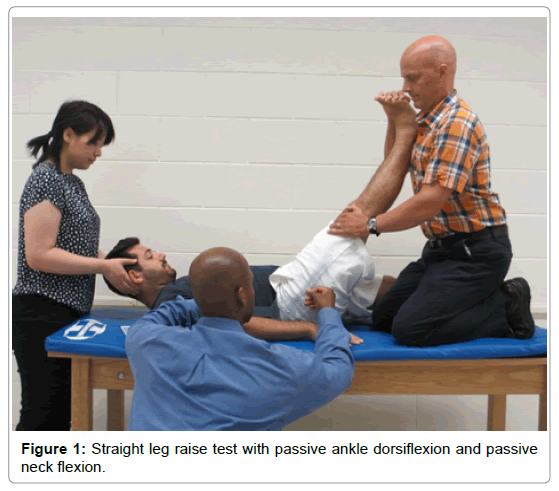
Characteristics Distribution And Behavior Of Sensory Responses Of The Straight Leg Raise Test In Asymptomatic Individuals Scitechnol

8 Assessment Passive Straight Leg Raise Slr Test Youtube
Lumbar And Si Joint Special Tests Straight Leg Raise Test Lasegue S Test
Straight Leg Raise Test のギャラリー

Active Straight Leg Raise Test Download Scientific Diagram
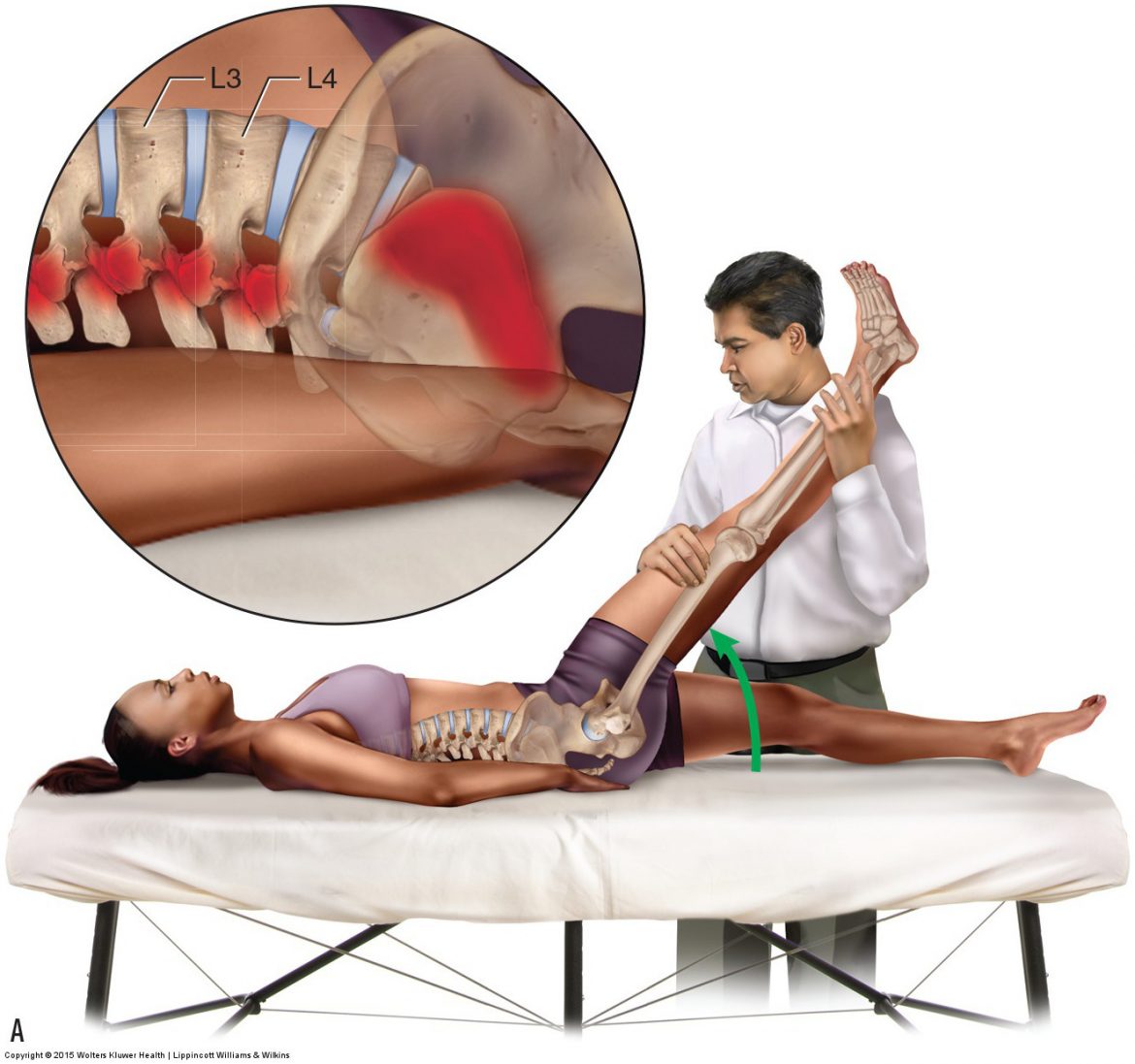
Straight Leg Raise And Manual Resistance Tests For Strains And Sprains

Ortho Assessment Lumbar Si Space Occupying Lesion Tests Flashcards Quizlet

Straight Leg Raise Test
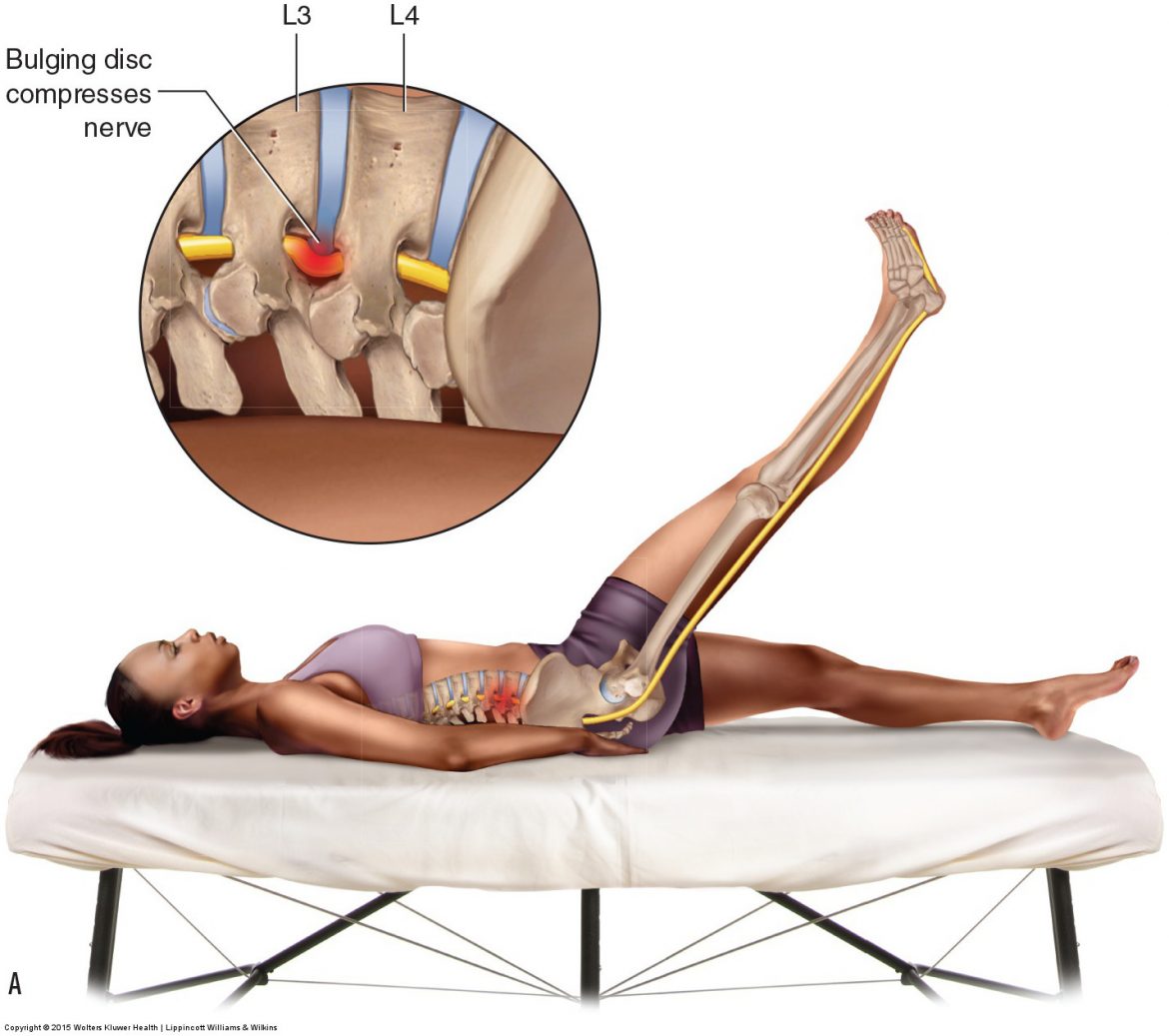
Straight Leg Raise Archives Learn Muscles

Crossed Straight Leg Raise Test Crossed Over Lasegue Youtube

7 Ways To Interpret A Positive Straight Leg Raise Test Blog Optp

Pin On Musculoskeletal

I The First Month H P

Active Straight Leg Raise Test Sacroiliac Pelvic Girdle Pain Youtube

Video Straight Leg Raise Test Chiropractic Online Ce Com

Pdf The Sensitivity Of The Seated Straight Leg Raise Test Compared With The Supine Straight Leg Raise Test In Patients Presenting With Magnetic Resonance Imaging Evidence Of Lumbar Nerve Root Compression Semantic Scholar

Fms Basics Active Straight Leg Raise Rippel Effect Fitness

Top Pdf Straight Leg Raise Test 1library

Straight Leg Raising Test

Comparing The Straight Leg Raise Test With The Functional Measurements Download Scientific Diagram
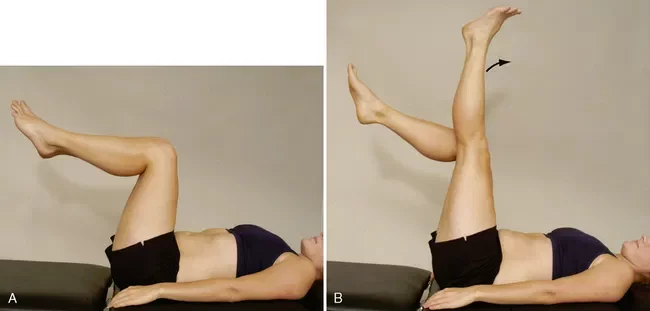
The 90 90 Straight Leg Raise Test To Determine Your Level Of Hamstring Flexibility Fit For Trips

Thoracic And Lumbar Spine Special Tests And Pathologies Ppt Video Online Download
Sciatica Diagnosis And Tests Cleveland Clinic

Straight Leg Raise Neurodynamic Test Results Are Presented For A Download Scientific Diagram

The Sensitivity Of The Seated Straight Leg Raise Test Compared With The Supine Straight Leg Raise Test In Patients Presenting With Magnetic Resonance Imaging Evidence Of Lumbar Nerve Root Compression Sciencedirect

Comparison Between Two Clinical Tests For Evaluating The Flexibility Of The Posterior Muscles Of The Thigh
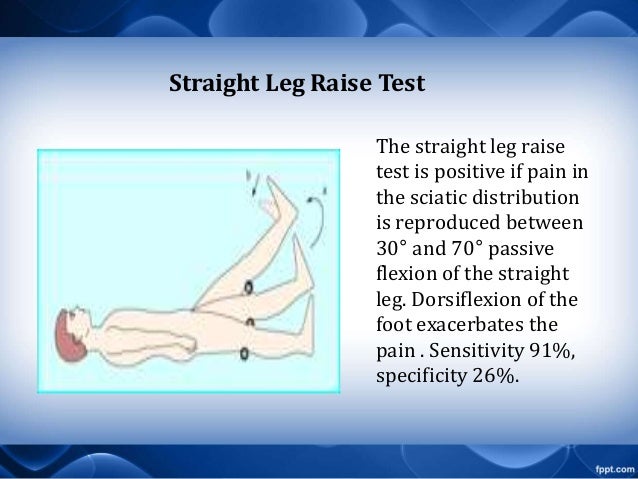
Approach To Low Back Ache

Passive Leg Raise Wikipedia
Video Straight Leg Raise Test Chiropractic Online Ce Com
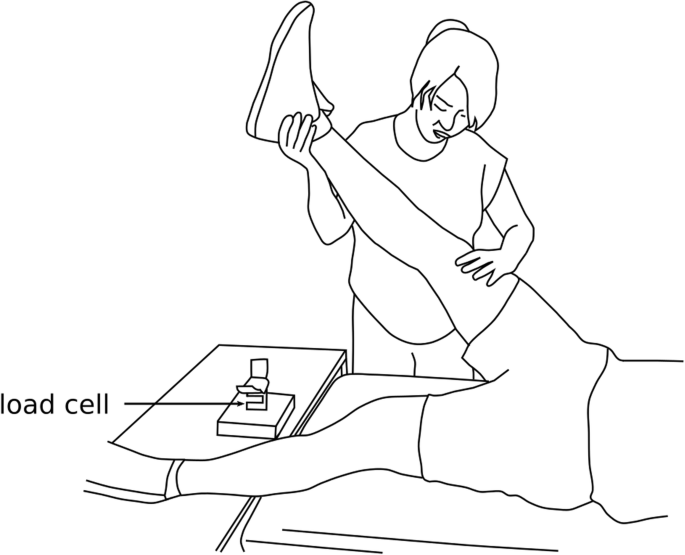
Involuntary Hamstring Muscle Activity Reduces Passive Hip Range Of Motion During The Straight Leg Raise Test A Stimulation Study In Healthy People Bmc Musculoskeletal Disorders Full Text
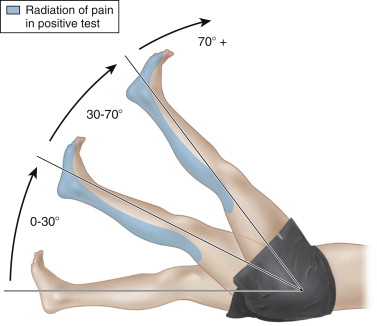
Lower Extremity Spine Neuro Exam Spine Orthobullets
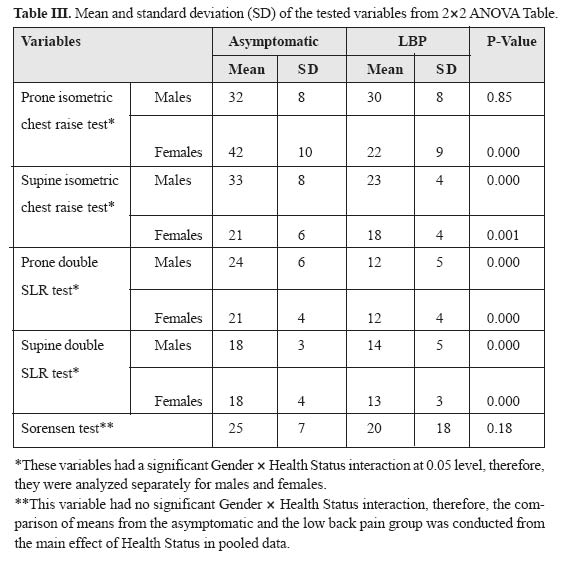
Bioline International Official Site Site Up Dated Regularly
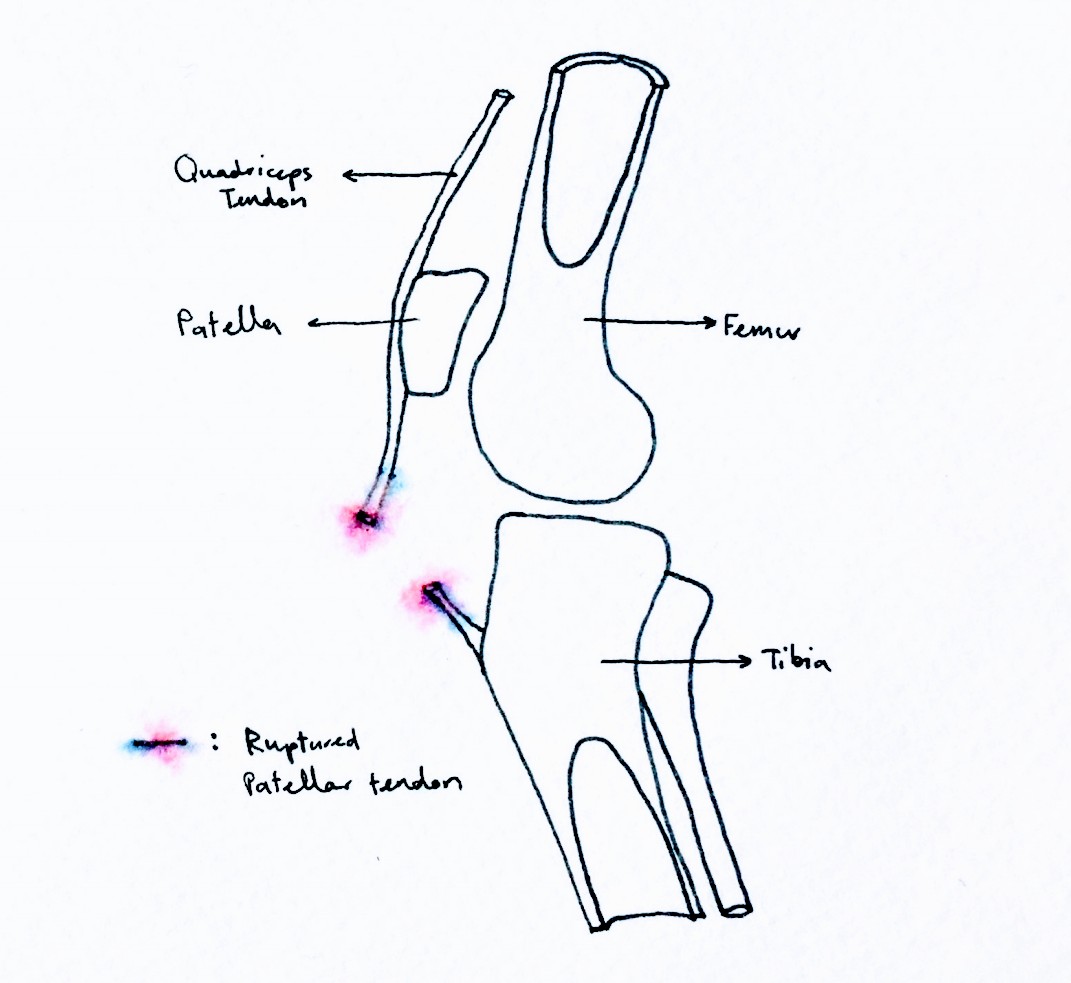
Patellar And Quadriceps Tendon Rupture The Importance Of The Straight Leg Raise Test Mskemergencies Com

Straight Leg Raise Test

Altered Motor Control Strategies In Subjects With Sacroiliac Joint Pain During The Active Straight Leg Raise Test

I The First Month H P

Xmlinkhub

Straight Leg Raise Test An Angle Formed With The Torso Between 70 Download Scientific Diagram

Active Straight Leg Raise Test Assessed National Council On Strength Fitness Ncsf Facebook
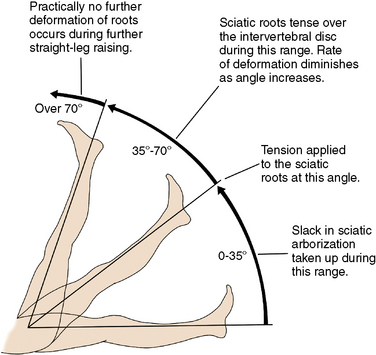
Selective Percutaneous Posterolateral Endoscopic Lumbar Nuclectomy Neupsy Key

Exercises You Should Be Doing Core Engaged Active Straight Leg Raise

Inter Rater Agreement Sensitivity And Specificity Of The Prone Hip Extension Test And Active Straight Leg Raise Test Chiropractic Manual Therapies Full Text
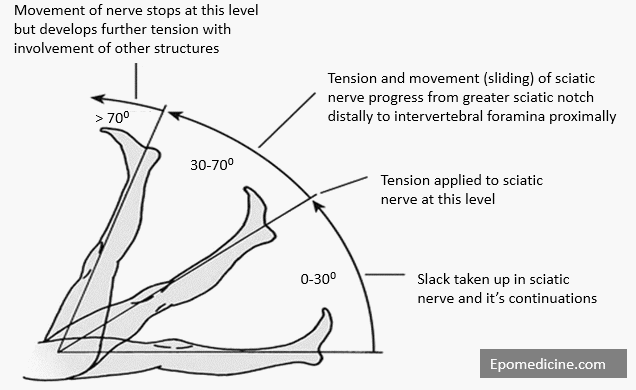
Straight Leg Raising Test Slrt Pathophysiology Epomedicine

Low Back Pain
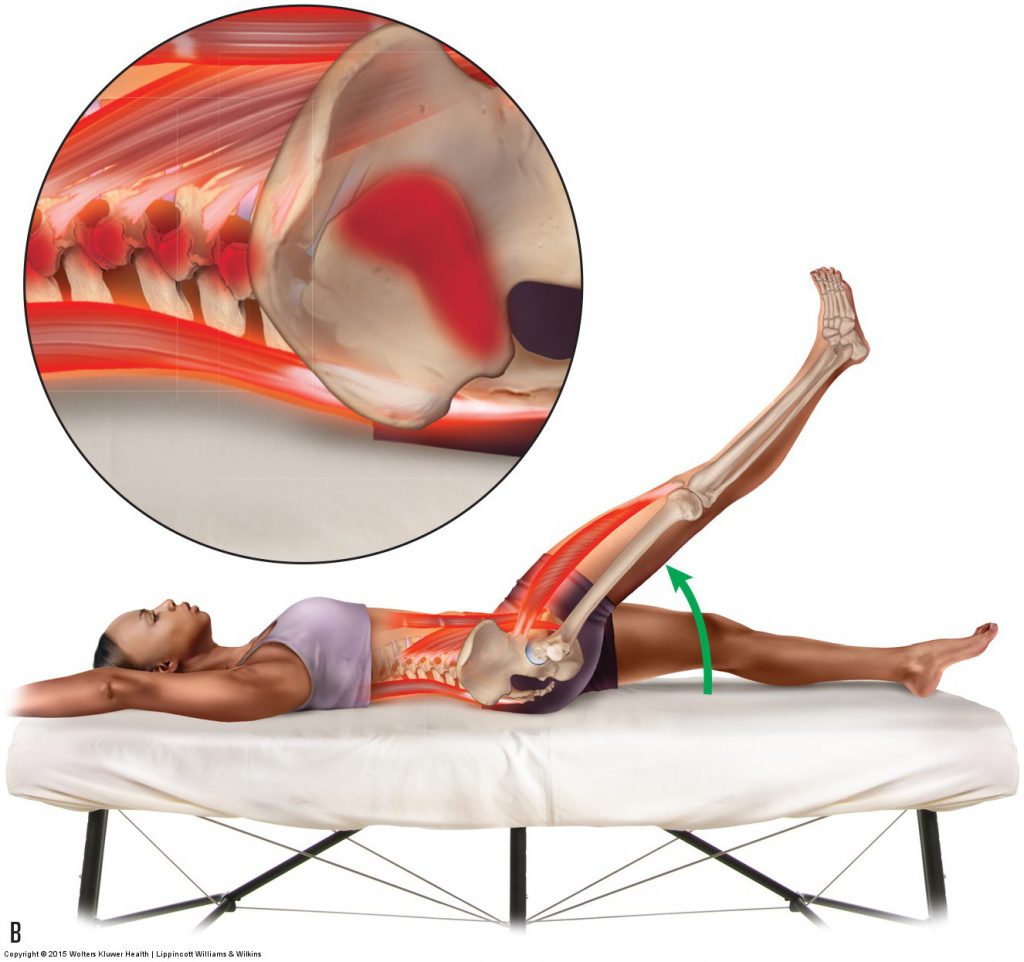
Straight Leg Raise And Manual Resistance Tests For Strains And Sprains
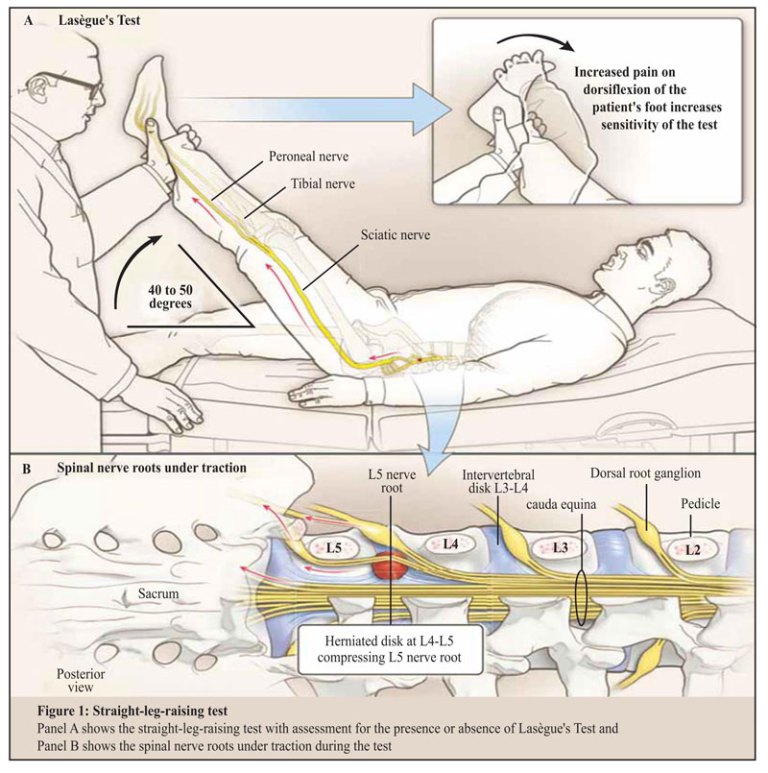
In A Patient In The Supine Position Raising The Leg Grepmed

Sciatic Nerve Excursion During A Modified Passive Straight Leg Raise Test In Asymptomatic Participants And Participants With Spinally Referred Leg Pain Manual Therapy

Reliability And Practicability Of The Straight Leg Raise Test In Children With Cerebral Palsy Marsico 16 Developmental Medicine Amp Child Neurology Wiley Online Library

Top Pdf Straight Leg Raise Test 1library

How Why Is Straight Leg Raise Test Done Know Its Interpreration

Winston Fong Md Scott C Mcgovern Md And Jeffrey C Wang Md Spine Secrets

13 The Active Straight Leg Raise Test On The Bowling Front Leg Note Download Scientific Diagram

Neck And Thoracolumbar Pain Musculoskeletal Disorders Tintinalli S Emergency Medicine Just The Facts 3ed
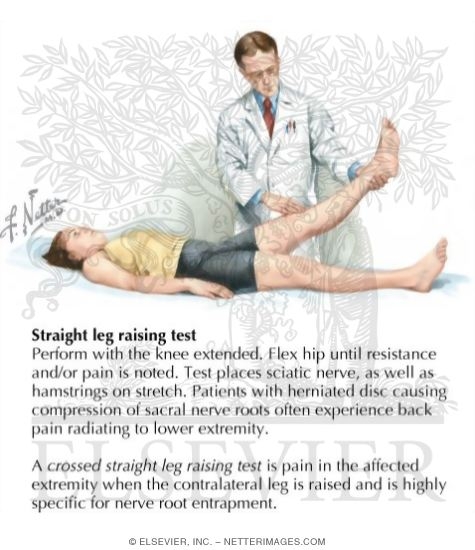
Straight Leg Test
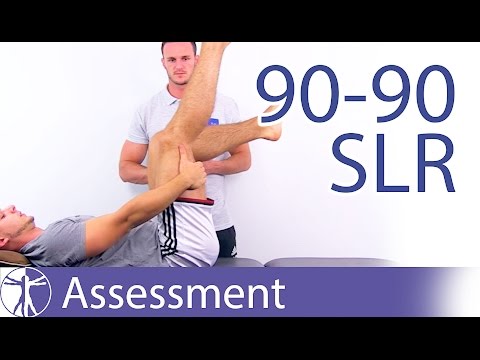
90 90 Straight Leg Raise Test Hamstring Contractures

Pin On Health

A Rant On Straight Leg Raises Slr Modern Manual Therapy Blog Manual Therapy Videos Neurodynamics Podcasts Research Reviews

Straight Leg Raise Test Step By Step Method Physiosunit

Straight Leg Raise Wikipedia

Aslr Active Straight Leg Raise Park View Physical Education

Straight Leg Raise Or Lasegue S Test Discogenic Lumbar Pain Youtube

Trick Of The Trade Crossed Straight Leg Raise Test
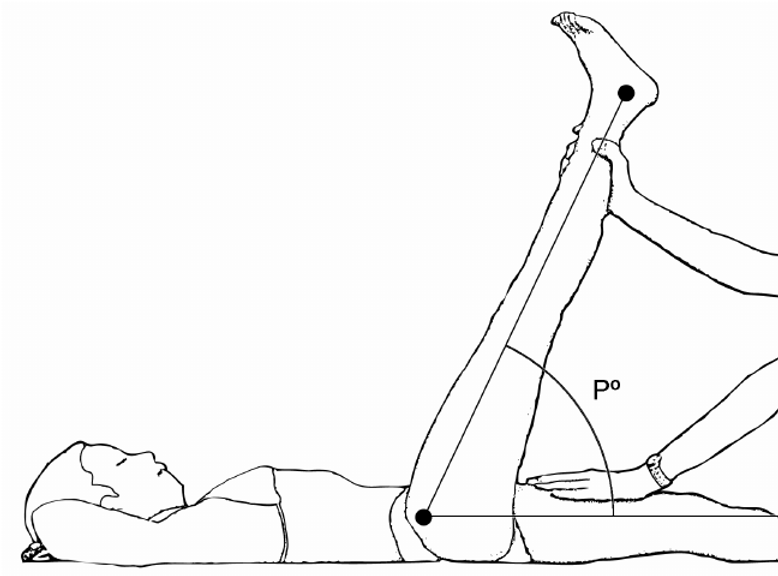
Healthy Hamstrings 3 Are They Tight And Does It Matter

Lumbar Disc Herniations Musculoskeletal Key
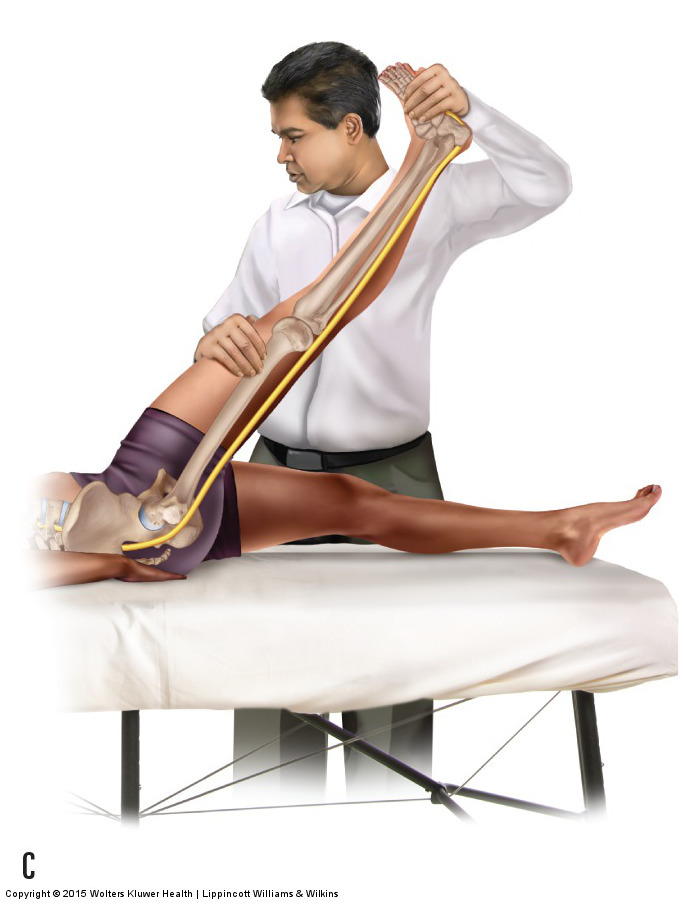
Straight Leg Raise Tests For Space Occupying Lesions

Trick Of The Trade Crossed Straight Leg Raise Test

Figure 2 Instructions For The Straight Leg Raising Slr Test

Figure 2 From Inter Rater Agreement Sensitivity And Specificity Of The Prone Hip Extension Test And Active Straight Leg Raise Test Semantic Scholar

Physiotutors Straight Leg Raise Test Slr Or Lasegue Test For Radicular Pain Facebook

Active Straight Leg Raise Aslr Rayner Smale
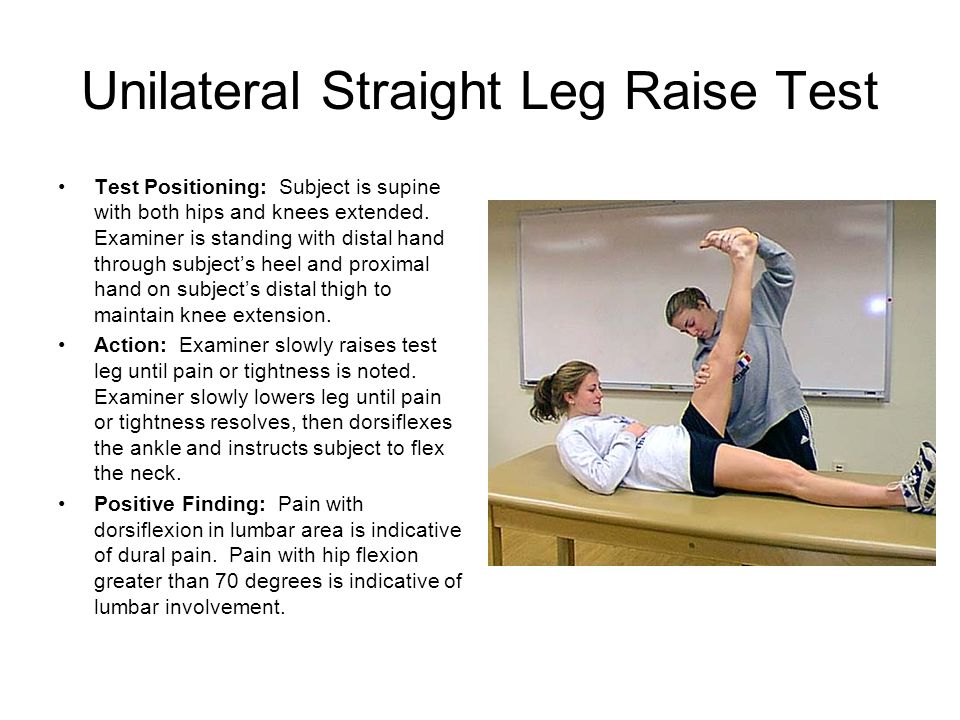
Special Tests For Lumbar Thoracic And Sacral Spine Ppt Video Online Download
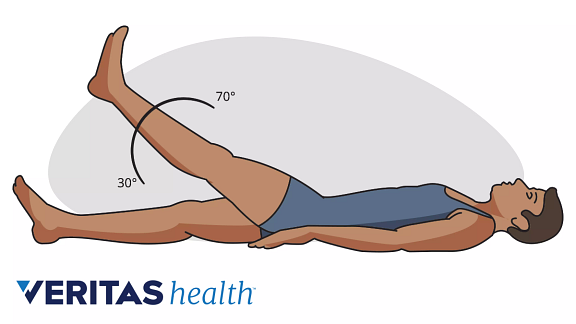
Diagnosing The Cause Of Sciatica

Straight Leg Raising Test Dnb Orthopaedics Ms Orthopedics Mrcs Exam Guide Orthodnb Com

Distal Proximal Initiation Of The Straight Leg Raise Youtube
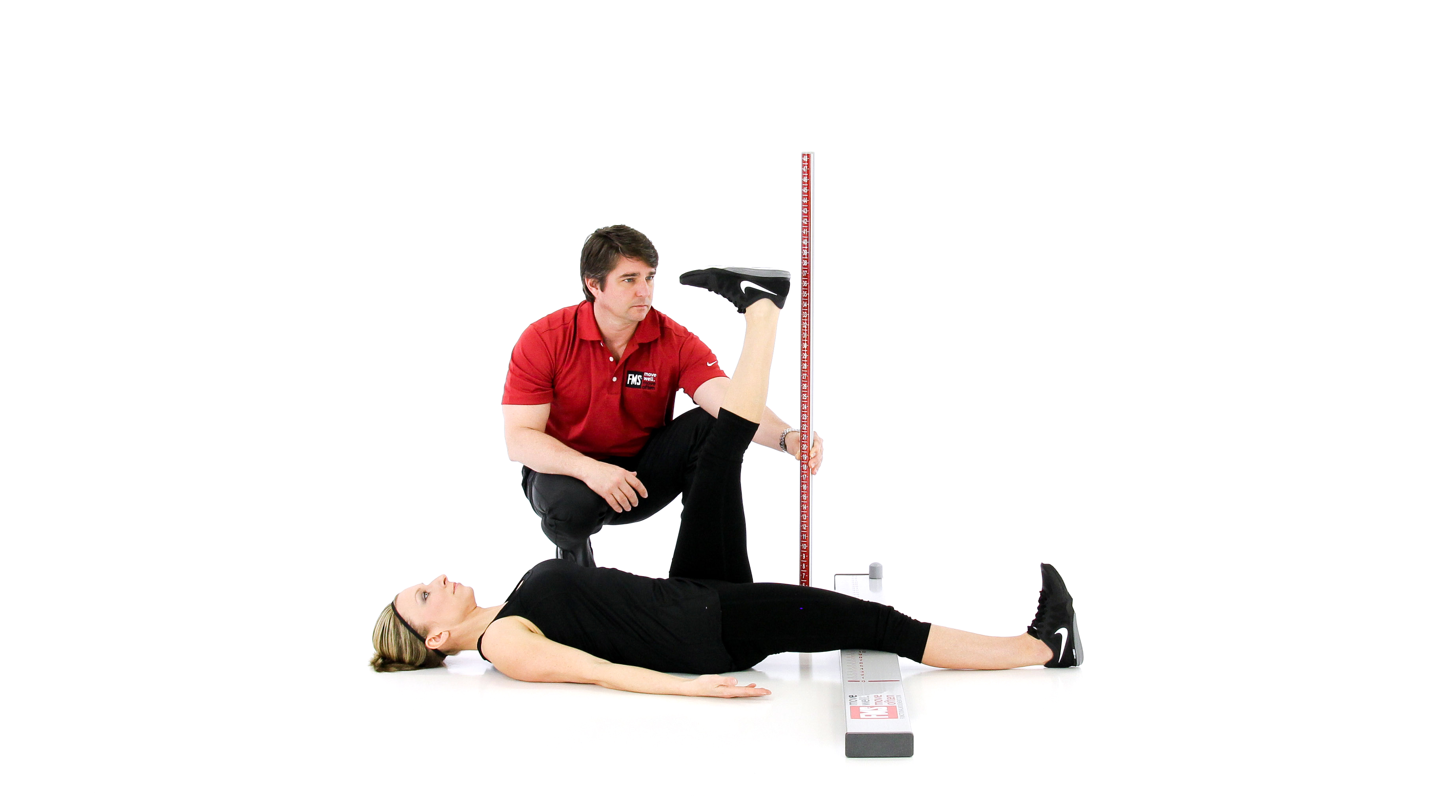
The Basics Of The Leg Raise Assessing And Progressing Functional Movement Systems

I The First Month H P

Pin On 재활치료

Solved Melissa Undergoes A Passive Straight Leg Raise Tes Chegg Com

Straight Leg Raise Slr Test Lasegue Test Lumbar Radicular Syndrome Youtube
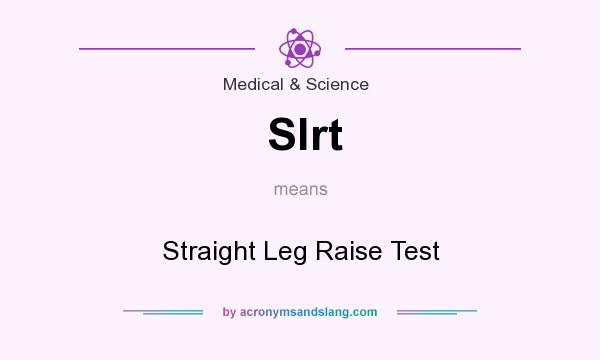
Slrt Straight Leg Raise Test By Acronymsandslang Com
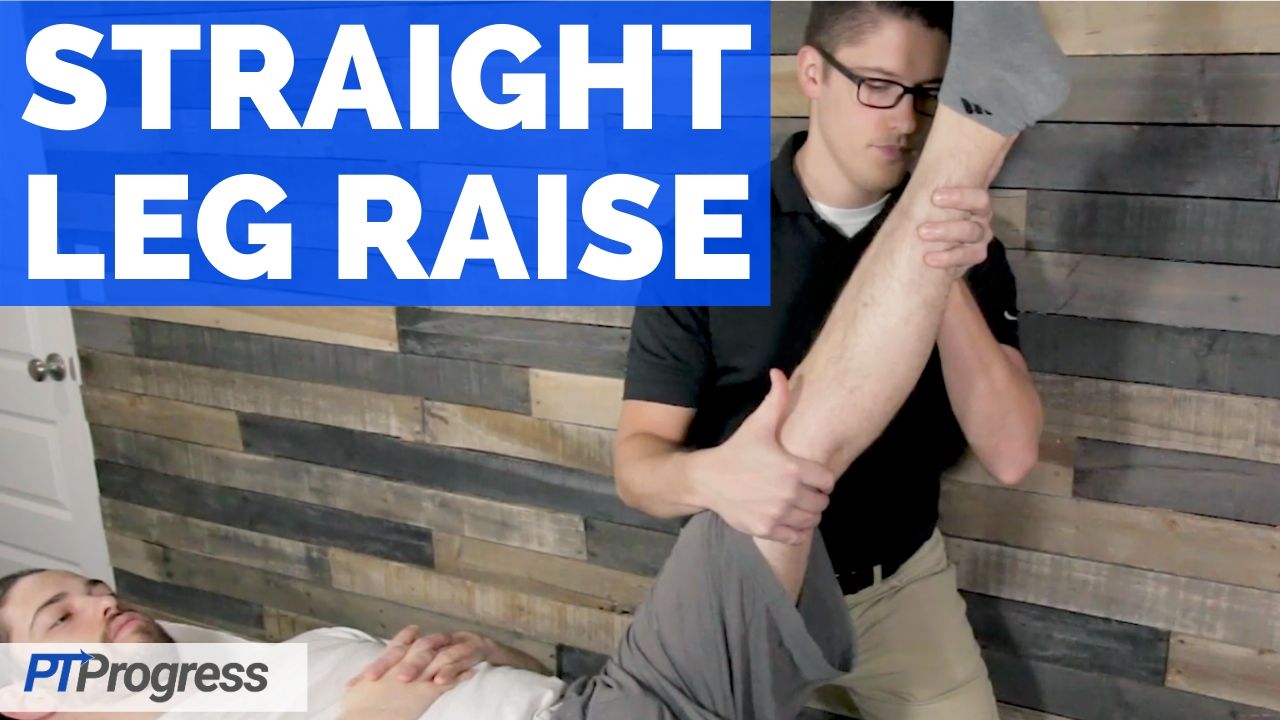
Straight Leg Raise Test Lasegue S Test Ptprogress

Straight Leg Raise Test Lasegue S Test
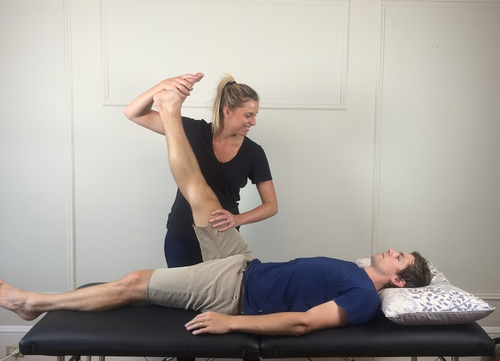
Improving Hamstring Flexibility Part 1 Assessment Rayner Smale

Straight Leg Raise Test Article

Active Straight Leg Raise Aslr Rayner Smale

Table 1 From Understanding The Active Straight Leg Raise Aslr An Electromyographic Study In Healthy Subjects Semantic Scholar

Straight Leg Raise Test Flashcards Quizlet

Ortho Week 4 Flashcards Quizlet

The Active Straight Leg Raise Test And Lumbar Spine Stability
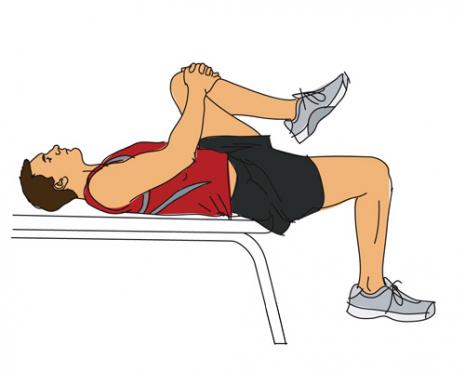
Stabilizing The Pelvis Using The Modified Kemps And Straight Leg Raise Tests And Post Isometric Relaxation Pir

Case Study What Causes A Limitation In The Straight Leg Raise Test Hint It S Not The Hamstrings Bill Hartman
/GettyImages-508700636-5c19832c46e0fb00010880c8.jpg)
How To Perform A Straight Leg Raise Test

Abdominal Strength Test

Xmlinkhub
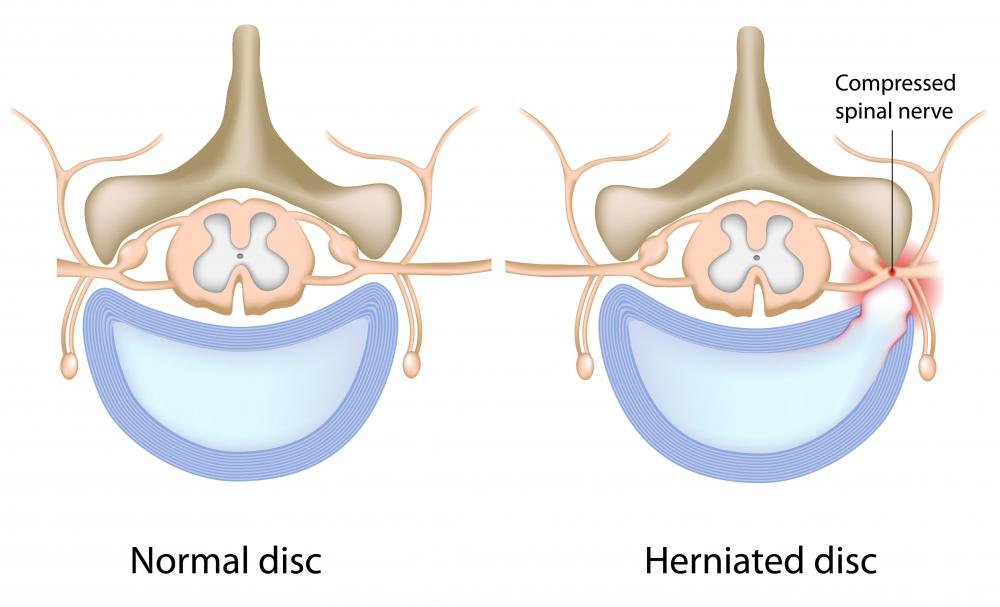
What Is The Straight Leg Raise With Pictures

Exrx Net Active Lying Straight Leg Raise Dowel
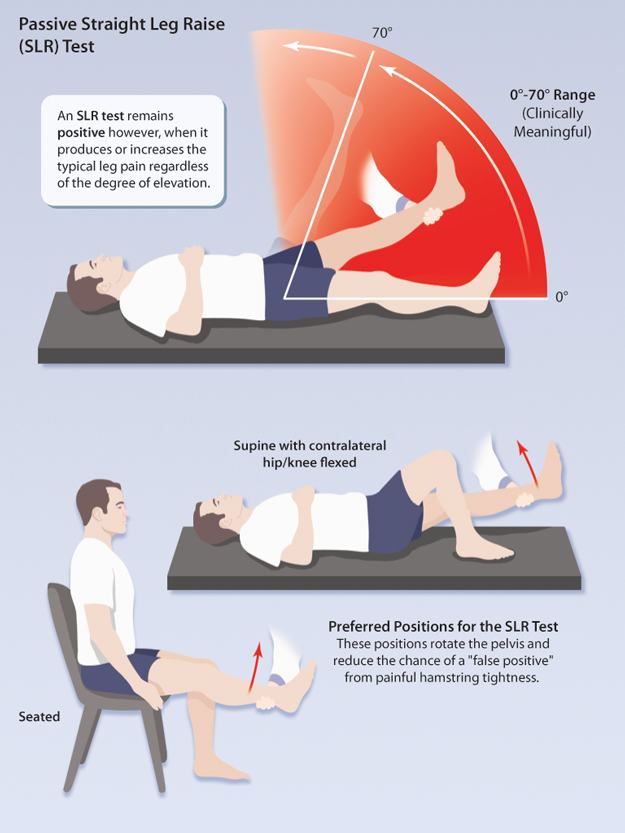
Passive Straight Leg Raise Test Definition Interpretation Limitations And Utilization Healthplexus Net



